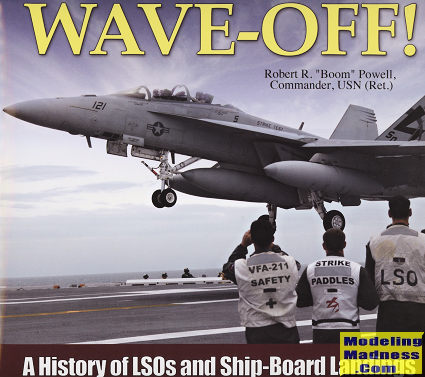 When men
started operating non-water capable aircraft, the feat was pretty much up to the
pilot to get the plane off the deck and back on. In the very early days, it was
the Royal Navy that took the lead in this, operating landplanes from ships in
the later months of WWI. Those intrepid airmen often had to ditch as the ships
did not have a way to recover the planes intact. This was because there was a
'storage' deck in the back of the boat, a narrow taxi strip on either side of
the superstructure and a take off deck to the front.
When men
started operating non-water capable aircraft, the feat was pretty much up to the
pilot to get the plane off the deck and back on. In the very early days, it was
the Royal Navy that took the lead in this, operating landplanes from ships in
the later months of WWI. Those intrepid airmen often had to ditch as the ships
did not have a way to recover the planes intact. This was because there was a
'storage' deck in the back of the boat, a narrow taxi strip on either side of
the superstructure and a take off deck to the front.
Finally, it was realized that a long, straight deck was
the way to do things. After all, in many skills, one learns by doing. Once that
was figured out, even then, landing a plane was relatively easy. With a good
wind over the deck, these early planes landed at such a slow speed, that men on
the deck could grab the wings to bring it to a stop (no brakes).
One thing led to another and it was decided that a built
in method of stopping planes was needed. First they tried wires fore and aft
that were caught by hooks on the landing gear. Not the best idea. Then they
tried transverse wires on the deck with a long hook on the back of the plane. A
much better one and one that has lasted until modern day.
The US was a bit late in picking up on all this, but
eventually built the USS Langley, which was used to try out all sorts of ideas.
One that seemed to be worth while, was someone to help guide the pilot in for a
landing. This worked quite well and reduced landing accidents. These men were
called Landing Signal Officers (LSOs). They used a set of colored paddles to
help guide the pilot. The set of signals is quite simple and covers most
situations. The British went many years before adapting their equivalent of the
LSO, and though their signals were pretty much the same, the ones for 'too high'
and 'too low' are opposite what everyone else was using. Typical.
While the task of the LSO stayed the same over the
decades, the equipment did not. There was a need for the LSO to have his own
platform off the side of the ship, a way to help block the wind, and a way to
escape that did not involve swimming. Lighted suit and paddles for night
operations, the use of a light system to help pilots in landing along with an
angled carrier deck soon negated the need for the paddles, but the LSO continues
as his or her guidance is quite important for landing pilots.
The author of this book was himself an LSO and shares
much of his insight and stories. What you have here is basically a history of
carrier aviation. It covers the improvements to the ships and systems, the way
battles have been fought and includes a lot of very cool stories, which to me,
really helps to liven up a book. It is a book that fans of Naval Aviation simply
have to have on their shelves. An enjoyable read and one I know you will like.
March 2017
Copyright ModelingMadness.com. All rights reserved.
Review book courtesy of
 ,
where you can order your copy of this and many other superb aviation and
modeling books. Visit their website at the link above or call them at
1-800-895-4585. Here is a
direct link to the ordering page.
,
where you can order your copy of this and many other superb aviation and
modeling books. Visit their website at the link above or call them at
1-800-895-4585. Here is a
direct link to the ordering page.
If you would like your product reviewed fairly and quickly, please
contact
me or see other details in the Note to
Contributors.
 When men
started operating non-water capable aircraft, the feat was pretty much up to the
pilot to get the plane off the deck and back on. In the very early days, it was
the Royal Navy that took the lead in this, operating landplanes from ships in
the later months of WWI. Those intrepid airmen often had to ditch as the ships
did not have a way to recover the planes intact. This was because there was a
'storage' deck in the back of the boat, a narrow taxi strip on either side of
the superstructure and a take off deck to the front.
When men
started operating non-water capable aircraft, the feat was pretty much up to the
pilot to get the plane off the deck and back on. In the very early days, it was
the Royal Navy that took the lead in this, operating landplanes from ships in
the later months of WWI. Those intrepid airmen often had to ditch as the ships
did not have a way to recover the planes intact. This was because there was a
'storage' deck in the back of the boat, a narrow taxi strip on either side of
the superstructure and a take off deck to the front.